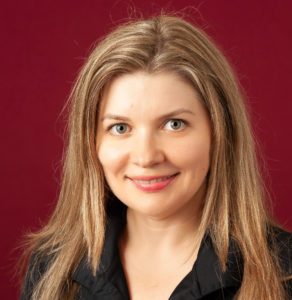SPOILER ALERT!
The Function of Structure in Athletic Performance

Structural Integration (SI) is just a skill-based, hands on technique that improves coordination, strength, and flexibility for most people suffering from a variety of conditions. Specifically, it's beneficial for those who have arthritis, women after child birth, aging individuals, and people that have limited selection of flexibility. SI focuses on the integration of muscles, tendons, and ligaments to realize dynamic balance and equilibrium. If done properly, it can offer incredible relief to such sets of individuals.
Structural Integration is a non-weight-bearing technique. It is most frequently done in 10 sessions over four weeks, but could also be performed in different sessions if possible. Each session is done in line with your body's demands and desired movement pattern. It utilizes a variety of methods including dynamic and static stretching, using resistance through the use of weights or hand/foot pressure, and integrating the joints and muscles using a computerized platform.
Athletes engaged in sports are at an elevated risk for most harms, which often stem from improper mechanisms, bad procedure, or by a deficiency of structural formation of the upper extremity. Trainers who play such activities as mountain climbing, weightlifting, football, and soccer are especially vulnerable to trauma because they involve many different body motions. Through the effective use of a functional method of structural formation, athletes may substantially lower their chances for pain and injury.
For all practitioners of SI, it isn't simply the avoidance of injury that is critical. Because pain may affect the entire body, it's very important that the patient receive not just prompt pain relief, but also improvement in flexibility and strength. Go to this site Frequently, when some one feels pain, then it's the consequence of a lack of movement inside the area that's causing the pain. However, when pain is brought on by a bad approach, the origin of this pain might be addressed and the patient's movement patterns adjusted in a sense that does not render them with almost any lasting pain or limitation. A proficient practitioner of mold integration is critical to tackle these issues and to provide immediate relief.
It's not uncommon for a client to have problems with chronic pain after having a traumatic experience (such as an auto crash ). Other common conditions that may occur from poor posture or poor mechanisms are runner's knee, plantar fasciitis, and herniated discs. In many cases, a customer might need to seek out treatment for a number of fascia-related situations, since there's often a domino effect after a condition is fixed, yet another appears. In addition to treating the supply of annoyance (which can possibly be fascia shortening, plantar fasciitis( etc), the treatment of this fascia will include a overhaul of the overall position in the patient now finds themselves. Lots of men and women who play tasks requiring repetitive motions of their legs or feet will find why these postural changes are counteracted by fascia contraction and shortening whenever they move round. If these problems are not addressed, then the pain is only going to get worse.
The most useful kind of Structural Integration is movement work. Movement work may consist of such things as Pilates, jazz, tennis, dancing, and any activity which needs the usage of someone's arms and legs, the objective is to improve strength and mobility without causing any structural adjustments to the human anatomy. In fact, the primary objective in the majority of movement work is always to make the human anatomy aware of its proper positioning in space. This occurs through increased understanding of where joints are located, however additionally, it contributes to increased strength and mobility through increased muscular contraction.
Movement additionally offers the added benefit of allowing a practitioner to find out the complete purpose of moves so the corrections made do not possess an uncharacteristic effect. By way of example, when the purpose would be to lengthen the leg whilst stretching the hamstring, the correction would be very different than lengthening the leg without addressing the hamstring originally. The correction and objective are two distinct ideas and has to be addressed differently when done during different individual sessions. However, when moves are done in group sessions, the intention and correction are essentially exactly the same. Movement, then, provides a wonderful opportunity to develop the awareness of a person's body necessary for biomedical Integration.
At length, the movement also provides a great opportunity to develop specific motor skills. There is a direct correlation between your strength and flexibility of the muscles and the total amount of athletic performancethat they are able to provide. Therefore, developing and exercising specific muscles is amongst the more effective ways of addressing structural formation among patients with chronic pain. In addition to strengthening and conditioning the skeletal, joint, and muscular systems, it is also essential to address the nervous system through exercises, such as Yoga.
